Why Soft Skills Matter More Than Ever
ED Surge
NOVEMBER 20, 2024
While mastering technical skills is essential, students must also develop soft skills like communication, collaboration and critical thinking to thrive beyond the classroom. How does project-based learning support the development of soft skills? by demonstrating practical applications of knowledge.



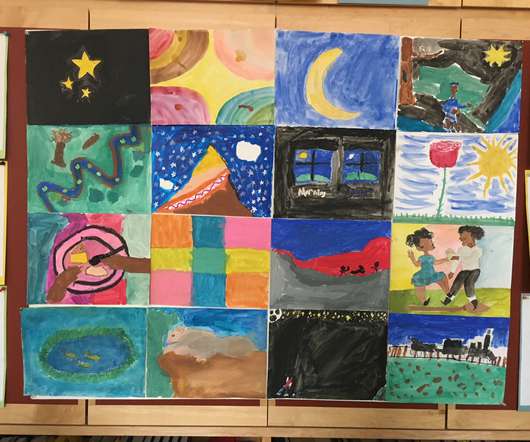



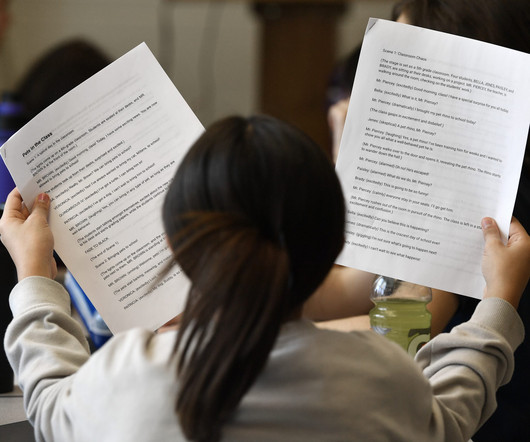
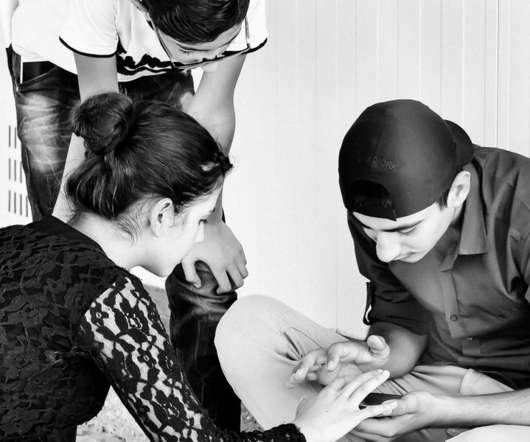
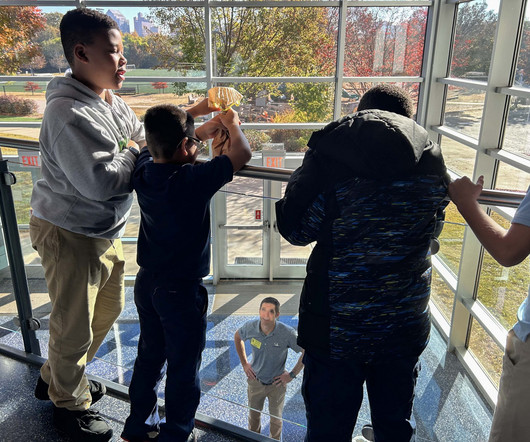

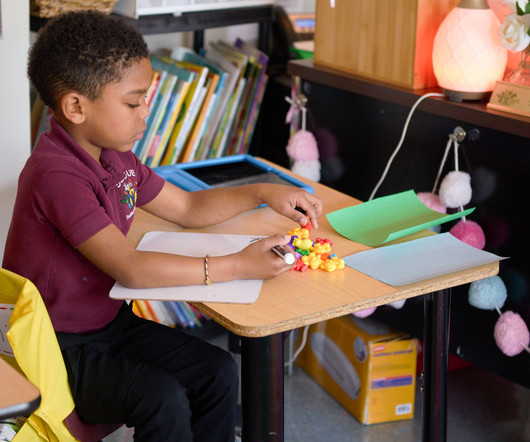
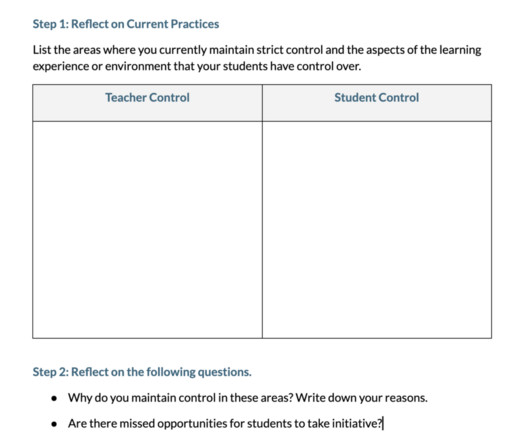






Let's personalize your content